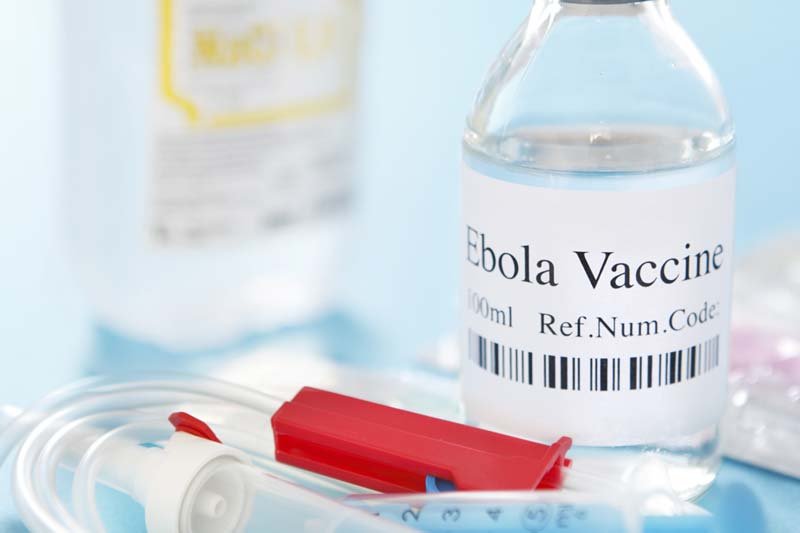Antibodies from Ebola survivor could lead to treatments and vaccines : The 2013-16 Ebola outbreak in West Africa highlighted the need for an effective treatment or vaccine. Researchers have been making progress on several fronts, but many scientific and logistical challenges loom.
Viruses from three of the five known ebolavirus species (Zaire, Sudan, and Bundibugyo) have caused large outbreaks in humans, and the other two (Reston and Tai Forest) cause severe disease in primates. The related Marburg and Ravn viruses also cause similar hemorrhagic fevers and serious outcomes in people. An ideal approach would target many, if not all, of the viruses in this family, called filoviruses.
Scientists have searched for insights from natural antibodies, molecules produced by the immune system that bind to a specific substance, such as an invading virus. Antibodies recognize small, often unique, portions of viruses. Researchers previously discovered an antibody from a mouse that recognizes a common region among multiple ebolavirus species. The antibody proved protective in mouse models of infection.
A team of academic, industry, and government scientists set out to find similar broadly protective human antibodies. The group was led by Dr. John M. Dye at the U.S. Army Medical Research Institute of Infectious Diseases, Dr. Kartik Chandran at Albert Einstein College of Medicine, and Dr. Zachary A. Bornholdt at Mapp Biopharmaceutical, Inc. Their work was funded in part by NIH’s National Institute of Allergy and Infectious Diseases (NIAID). Results appeared in Cell on May 18, 2017.
The researchers surveyed 349 antibodies derived from the blood of one survivor of the West African Ebola outbreak, which was caused by the Zaire strain of ebolavirus. They searched for antibodies that could neutralize all five ebolavirus species. Two that they found of interest were called ADI-15878 and ADI-15742. Both protected human cells in the laboratory from becoming infected with the three ebolaviruses that cause outbreaks in humans. Neither, however, protected against the more distantly related filoviruses Lloviu or Marburg.
In animal models of ebolavirus infection, the antibodies protected mice from the Zaire and Sudan ebolaviruses and ferrets from Bundibugyo ebolavirus. However, in ferrets treated with ADI-15742, the researchers found that the virus had developed a mutation that enabled it to escape the antibody’s effects.
Further study showed that the antibodies recognize a section of a protein found on the surface of ebolaviruses called the GP fusion loop, which is critical for infection. The antibodies don’t prevent the viruses from being engulfed by cells. Rather, they are taken up along with the virus particles and neutralize the viruses as they are being processed within the cell.
“Since it’s impossible to predict which of these agents will cause the next epidemic, it would be ideal to develop a single therapy that could treat or prevent infection caused by any known ebolavirus,” Bornholdt says. While much work still needs to be done, the identification of this vulnerable shared region on the surface of ebolaviruses is an important step toward creating effective treatments or vaccines.
Antibodies from Ebola survivor could lead to treatments and vaccines




